Flying Tigers a symbol of friendship, then and now
Updated: 2015-09-03 00:08
By Joseph Catanzaro, Li Yang, Huang Zhiling and An Baijie(CHINA WATCH)
|
|||||||||
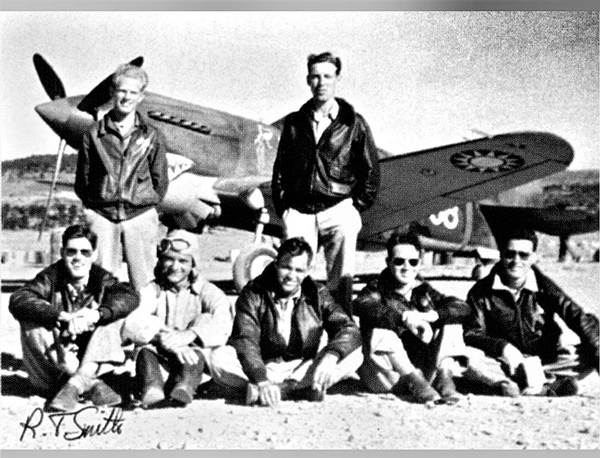 |
|
Members of what was originally the 1st American Volunteer Group, better known as the Flying Tigers, gather for a group photo at Zhijiang airport in Hunan province during World War II. PHOTOS BY XINHUA |
Flying Tigers veteran David Hayward, 93, said it could not have been done without the assistance of the Chinese. The retiree, who lives in Los Angeles, flew 53 combat missions in a B-25 bomber between 1943 and 1944.
“The first three months, 12 of our squadron of 16 airplanes were lost,” he said. “They were lost either by Japanese attacks, or anti-aircraft fire from the ground, or simply crashing into a mountain. I had a lot of close calls.”
The help from Chinese allies was vital, he said. “We had something called the Chinese net, an early warning system, maintained by the Chinese. They would warn us when enemy airplanes were approaching, so we could put our planes in the air.
“Some of the crews were able to bail out or make crash landings (after they were shot down), and we had several cases in our squadron where men had to bail out of their airplane and were helped back to friendly lines by the Chinese. It was very reassuring.”
Today, on the site of Yangtang airport, which was built in 1942 for Allied air missions, stands a 42-acre heritage park honoring the squadron. Funded by the Flying Tigers Historical Organization (FTHO), a nonprofit group based in California, the area comprises a museum, a cave command post on a nearby mountain, a barracks, hangars and landing strips.
Local villagers, governments and the FTHO have donated hundreds of relics to the museum, while a C-40 transport plane, the dominant model used by the U.S. Air Force in the Pacific theater, is expected to go on permanent display soon.
“The park is an important beginning to educate people and their children about the history of a time when two peoples fought together for a common goal, and about the heroes,” said Maj Gen James Whitehead, chairman of the FTHO. “Recalling the history of when the people of China and the U.S. fought evil side by side is of great importance.”
Among the dignitaries at the opening ceremony for the park on March 28 was Vice Premier Liu Yandong, who during a diplomatic exchange in 2011 presented Hillary Clinton, then the U.S. secretary of state, with a photograph of Liu’s father, Liu Ruilong, with a Flying Tigers pilot he had helped save.
As a young man fighting against the Japanese, Liu’s father joined in a mission to rescue five American flyboys after their plane was shot down. Several soldiers died in the operation.
Upon receiving the gift, Clinton, now a 2016 presidential hopeful, reportedly said she would hang the picture on the wall of her office as a reminder of the historical ties that bind the U.S. and China.
Nell Calloway, Chennault’s granddaughter and director of the Chennault Aviation and Military Museum in Louisiana, recently launched an exhibition on the extraordinary achievements of the Flying Tigers commander.
Quoting her grandfather’s memoir, she said it had been his dream that the squadron would “always be remembered on both sides of the Pacific as the symbol of two great peoples working toward a common goal in war and peace.”
She said greater knowledge about the wartime U.S.-China alliance could help lead to lasting peace and friendship.
Hayward, the Flying Tigers veteran, agreed and added: “We continually asked ourselves when we were over there, ‘Are we really doing any good for anybody?’ I’m really pleased we were able to do something useful to help people. I certainly advocate lasting peace between our countries.”
Cheng Yilun contributed to this story.
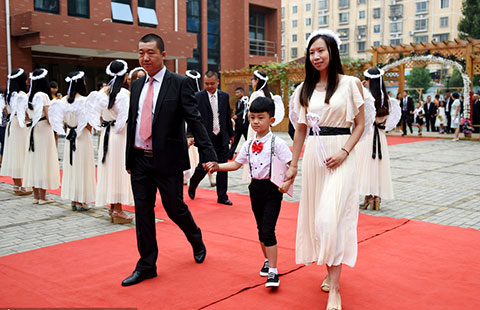
 Red carpet ceremony for first grade kids
Red carpet ceremony for first grade kids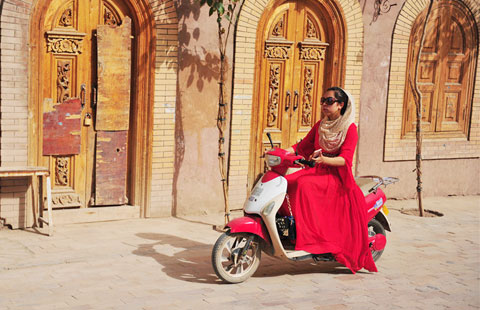
 Kashgar old city in Xinjiang is well preserved
Kashgar old city in Xinjiang is well preserved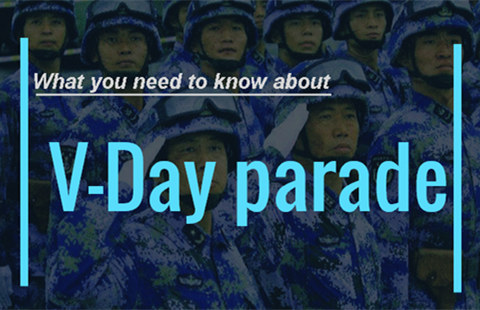
 Infographic: Symbols behind numbers
Infographic: Symbols behind numbers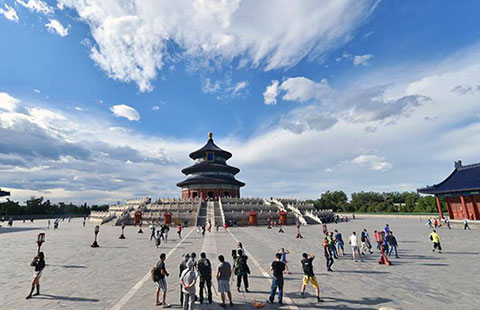
 Beijing's preparations begin long before the parade starts
Beijing's preparations begin long before the parade starts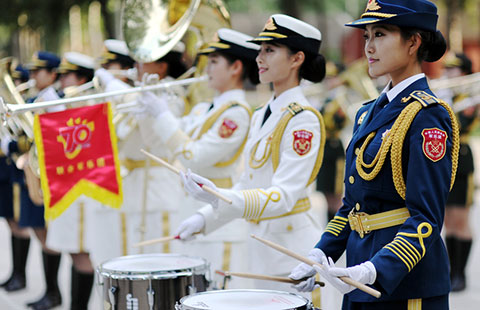
 Female soldiers of military band practice for the V-Day parade
Female soldiers of military band practice for the V-Day parade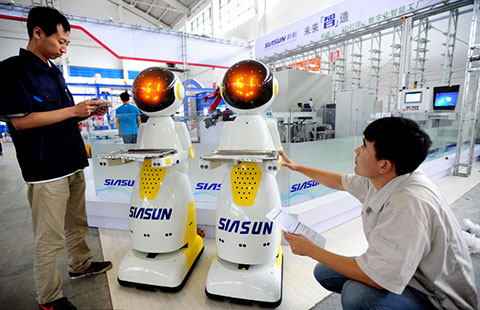
 Robotic exhibition set to kick off in Shenyang
Robotic exhibition set to kick off in Shenyang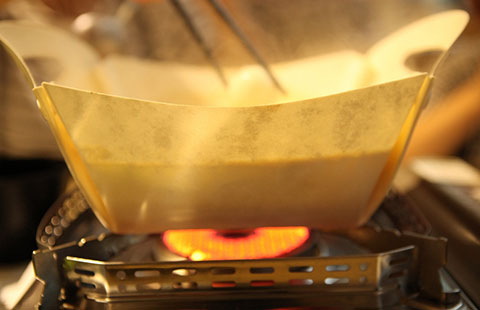
 Eat from a paper hotpot
Eat from a paper hotpot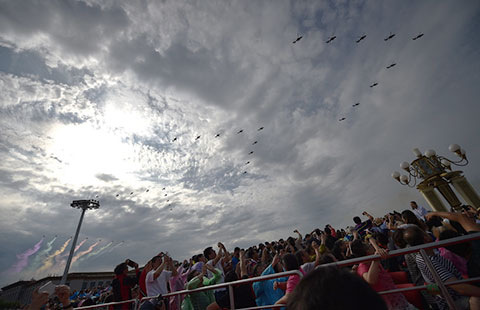
 8 interesting facts about the upcoming V-day Parade
8 interesting facts about the upcoming V-day Parade
Most Viewed
Editor's Picks

|

|

|

|

|

|
Today's Top News
Peking Opera: Star power
IMF: China can transition
Xi urges cross-Straits honoring of history
Xi awards medals to veterans
Stocks sell off on growth fears
China and US working closely on every major issue: Envoy
PLA to showcase top weapons for the first time in parade
Senior US official to visit China on bilateral issues
US Weekly

|

|








